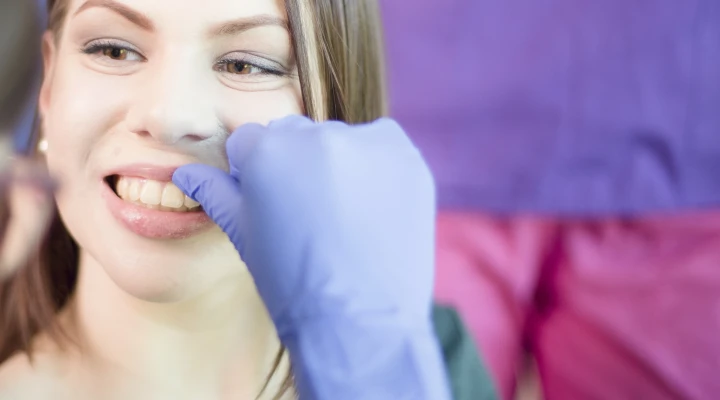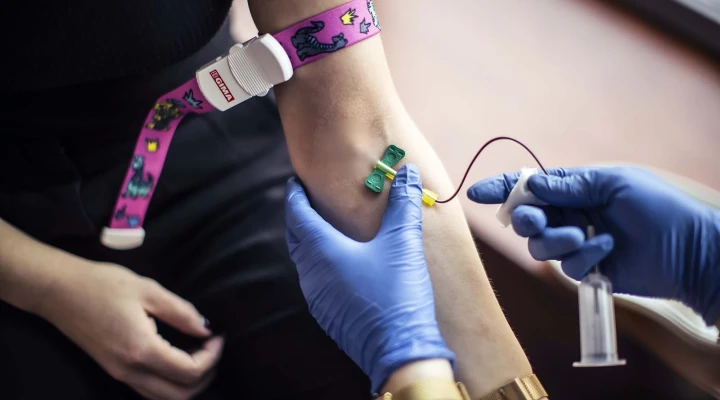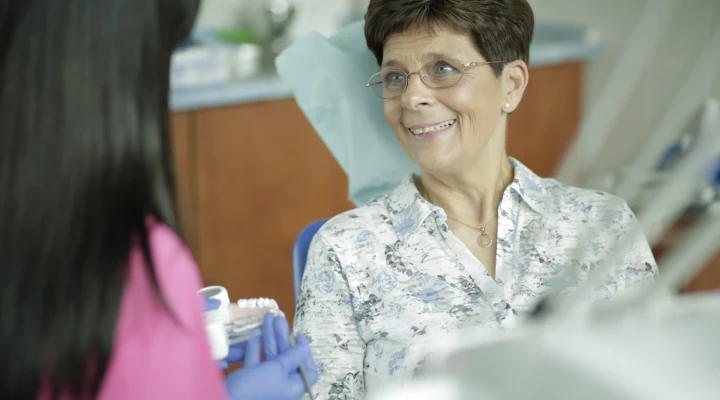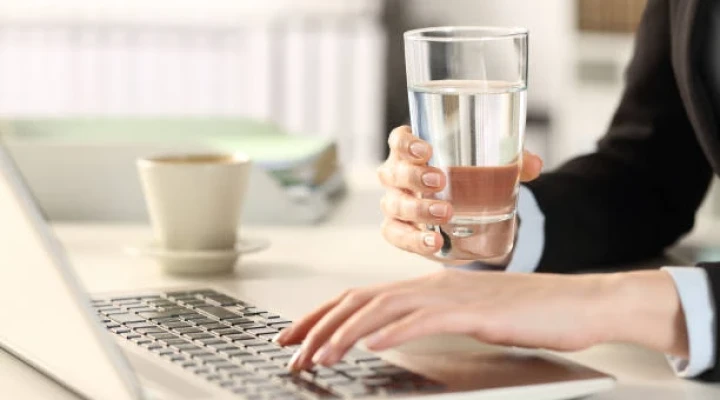What happens during a periodontal consultation?
Periodontal disease is a bit like diabetes: if someone has periodontal disease, it stays that way, unfortunately. On the other hand, just as a diabetic can follow a diet and inject insulin, if a patient suffering from periodontal disease follows the advice they are given, they can live a healthy life, free from symptoms.
As professionals, we can help introduce patients understand the workings of their teeth. Everyone's teeth are different, which is why it is everyone's individual responsibility to learn how to clean them properly.
I always clarify with my patients that while I can contribute 30% towards the periodontal treatment in the clinic, only they can add the remaining 70% to achieve regeneration by sticking to what we have discussed.
Patients who come to us with a complaint will first have a panoramic x-ray. This will also give us a clear view of any tartar or bone loss under the gums.
Then, during the clinical examination, we examine the sacs along the gum line with a blunt-ended calibrated probe. This is used to record a 'filtration index'. Up to three millimeters, the gums do not adhere directly to the teeth. If the probe reaches deeper than this, or if it is accompanied by gingivitis or bone destruction, we can say that the patient is already suffering from periodontal disease.
Probing healthy gums should not cause bleeding, so if it does, it means that marginal gingivitis – inflammation of the margin of the gums – is already present in the mouth.
What can I expect during my first visit?
The first periodontal examination is 45 to 60 minutes long, depending on if the patient asks lots of questions or prefers to listen to the dentist and then process the information at home.
An X-ray is prepared, the index is taken, and the initial status is documented with a photo so we can monitor where the treatment started and how it progresses in subsequent sessions.
As part of our oral hygiene education, we use plaque staining to identify any problem areas that are missed during your brushing routine. This will help you know which areas to look out for when cleaning your teeth.
Then, as part of our guided biofilm therapy, the surface of your teeth is cleaned using an Air-Flow toothbrush. Soft plaque is also removed with a sandblast. If this layer has hardened into tartar, this is also removed.




